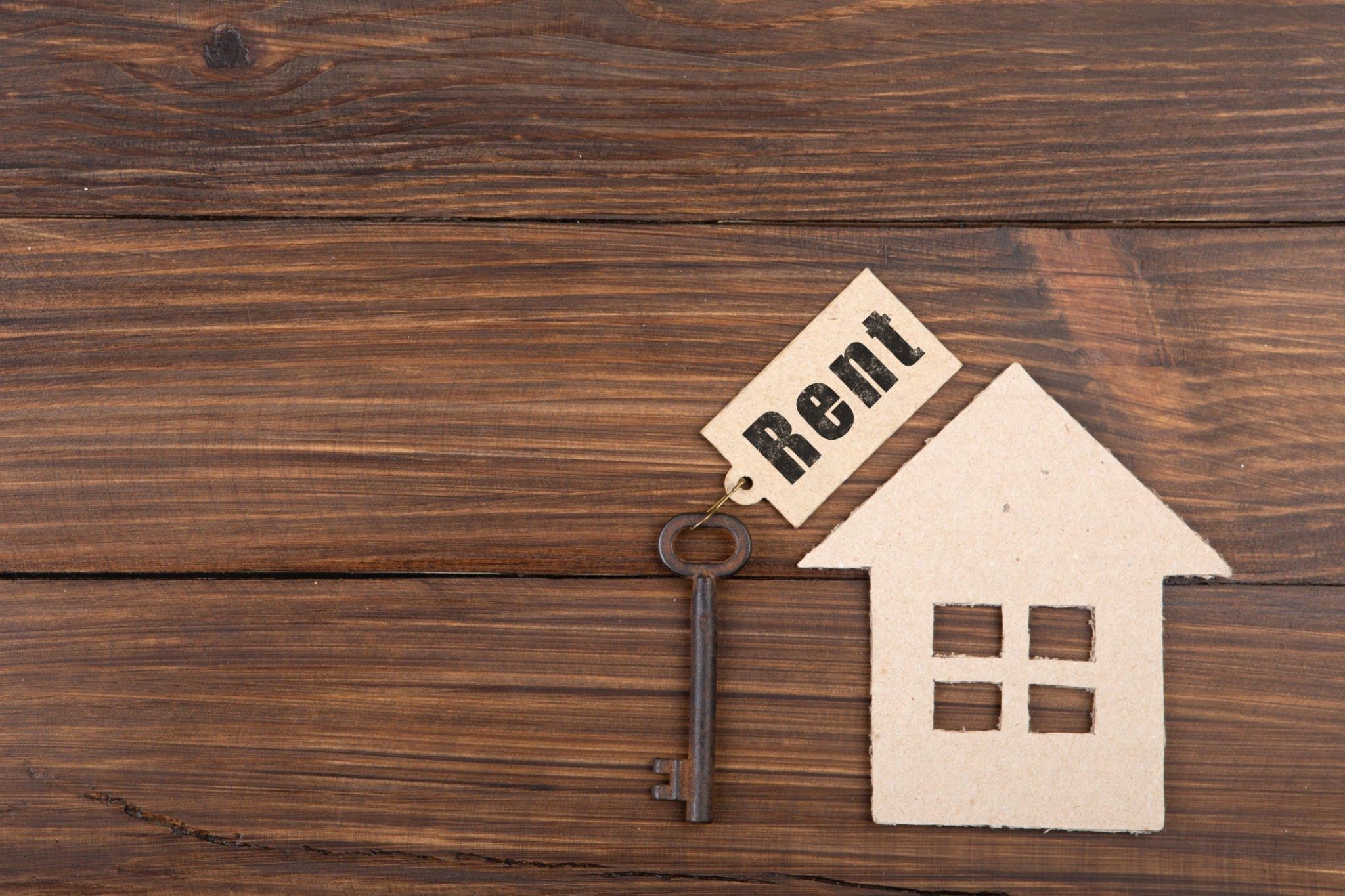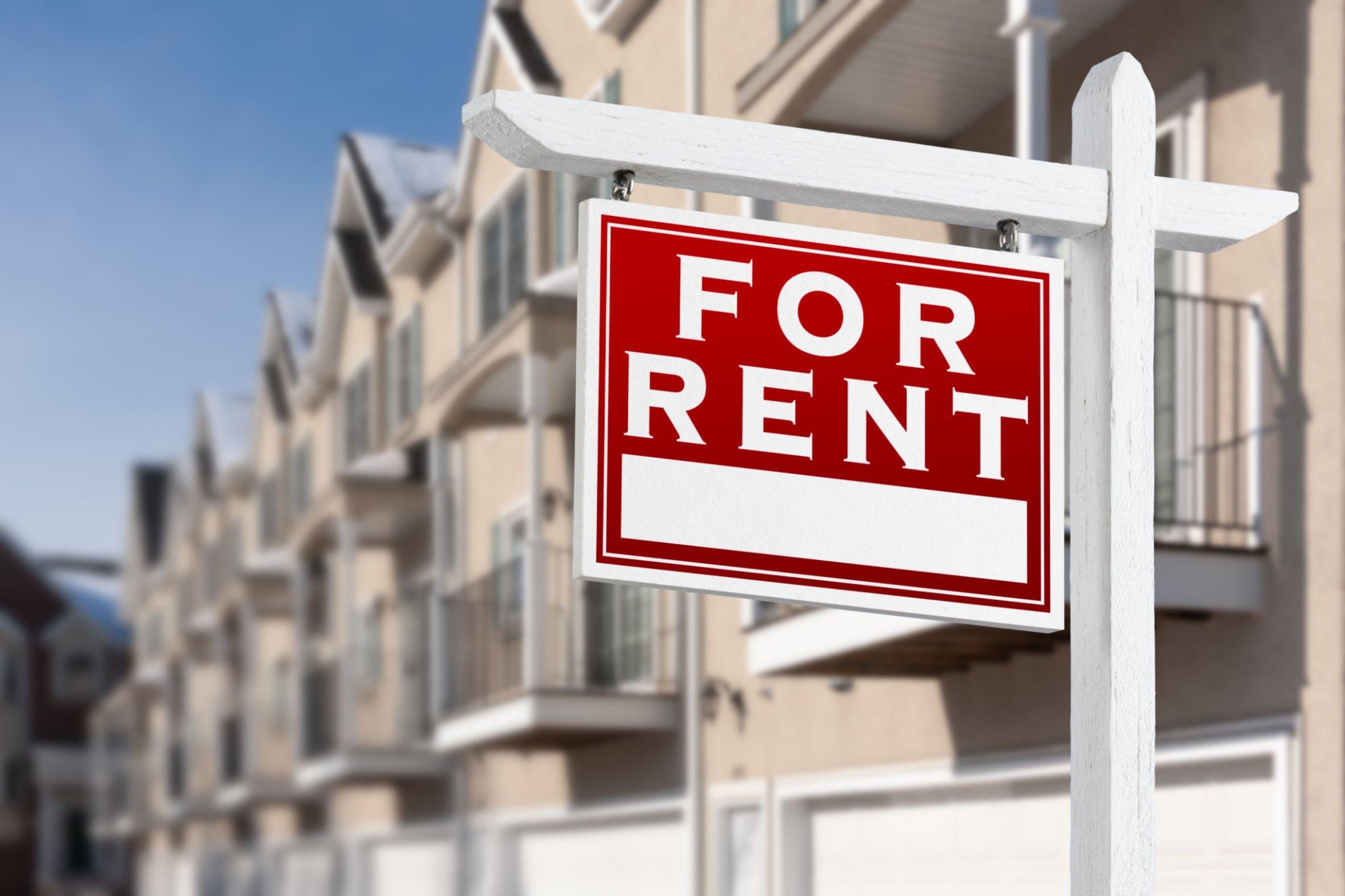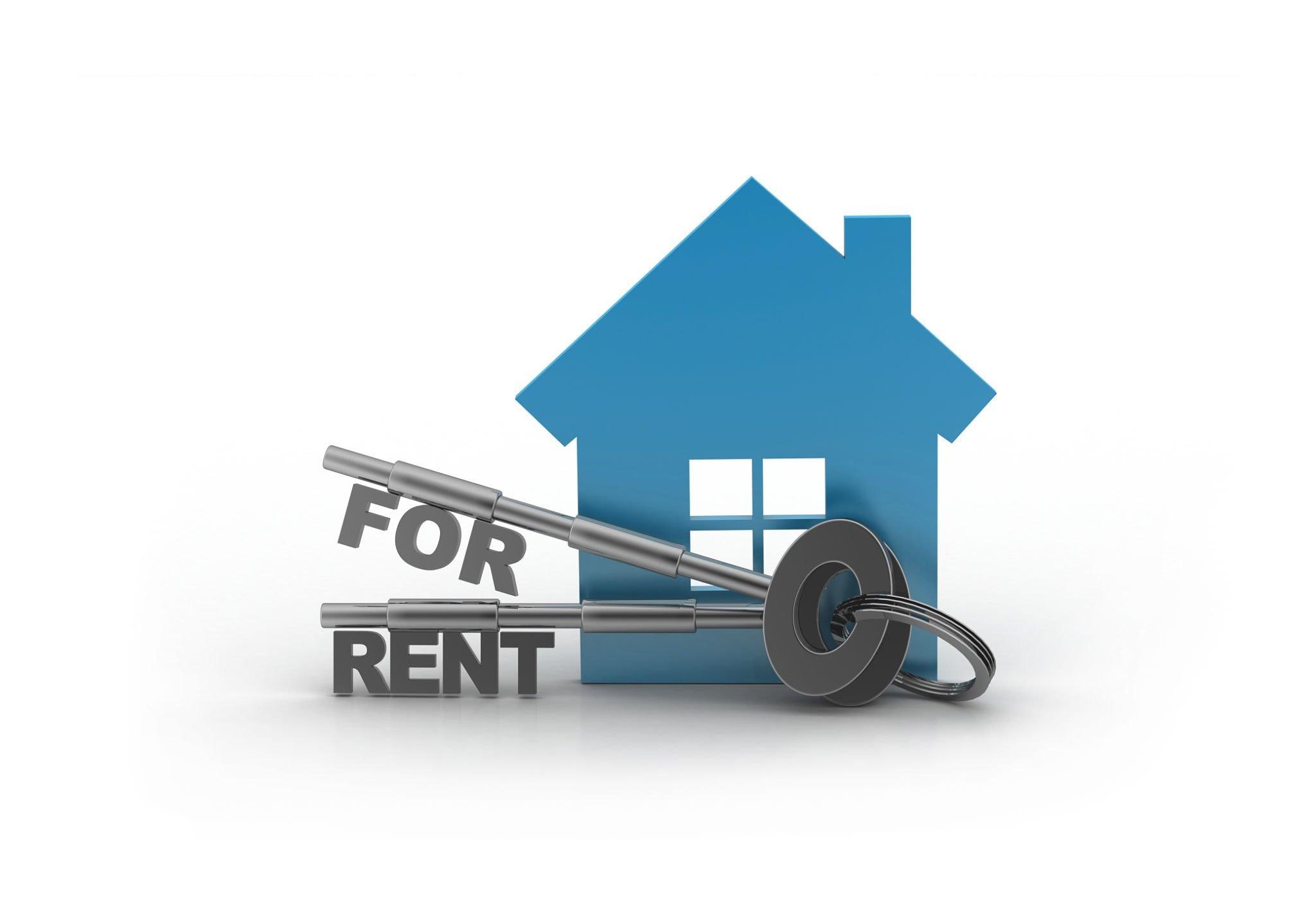Do You Know How Can You Convert the Short-Term Rental to Long-Term?
The short-term rental can enable you to book your stay in a certain home anywhere, where there is an opportunity to live for any length of time, you like.
It transformed most of the rental accommodation into holiday accommodation and landlords too viewed it as a great earning potential from their properties.

But consider the scenario that we faced during Covid-19 when tourism had gone down and the whole world almost came to a standstill. This led people to think of ways to convert short-term rentals to long-term rentals.
However, managing tenants is not too easy either.
The financial situation of your tenants may change due to the following reasons:
- Their jobs may change
- They may need to relocate
- Renters may always look for a better place to meet their needs
So, you may find yourself in a position where you may have to find a new tenant every 6 months or less.
That may not be ideal if you are busy with other things in your life, and particularly problematic for landlords who have to rely on getting rent for every month of the year as their only source of income.
You may click here at the website of City Borough Housing or contact them if you are interested in converting your short-term rental agreement into a long-term one.
How to convert a short-term to a long-term rental
If as a landlord, you are now fully convinced that a long-term rental agreement is the right option for your need then you can convert it by following these steps.

1. Upgrade your property
The needs of any long-term renter may be quite different from a short-term renter. In the case of a short-term rental, perhaps you can easily get away without an on-site dryer and washer.
However, for a long-term renter that is one of the important requirements, hence, you will surely consider installing these for any long-term property. You must also plan to stock your property with regular maintenance stuff and equipment.
This could be:
- A lawnmower
- Rakes
- Brooms
- Snow shovels
- Mops
- Air filters
- Cleaning supplies
Read also: Stress-Free Cleaning: Developing a Weekly Cleaning Schedule
On a broader level, you must decide whether you want to provide any furnished or unfurnished rental.
Usually, most long-term tenants are having their own furniture and belongings. Hence, you may likely sell your present furniture or find a certain place to store them.
2. Update on the laws
Most cities may have their own rules regarding landlord-tenant laws. Brush up on all the landlord-tenant laws of your city and update yourself with this guide.
3. Market your unit
You also need to consider advertising your property in the right place so that prospective tenants can find your advertisement and contact you.
4. Look for the perfect tenant
When you start meeting your prospective tenants who are showing their interest in your property, then it is time to screen your renters and zero down to one who is the best suited.
5. Lease your property to a third-party renter

Often it is very different to manage your rental property particularly if you have a job or own a business. It is always better to consider hiring a third-party rental company and signing a rental contract.
They will ensure that your property always remains rented and you will continue to get your rent as per the agreement irrespective of whether your property is vacant or rented. These third-party companies will manage the tenant and also maintain your property.
Conclusion
A short-term rental can certainly offer you a better-earning potential, but at times you may come into a situation where there will be no tenant.
To avoid such a situation, you may consider converting your property into a long-term rental agreement with a certain third party.



Average Rating